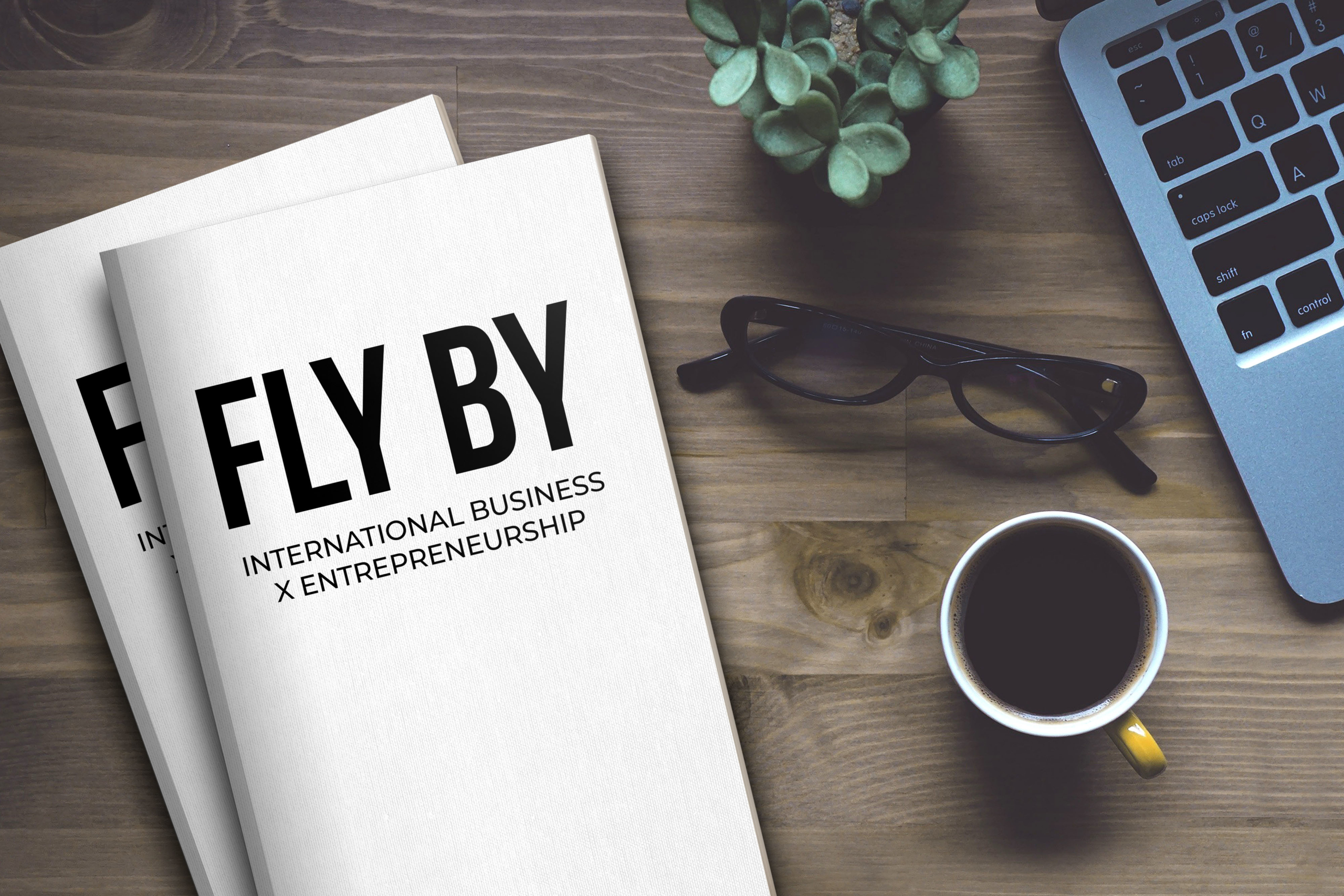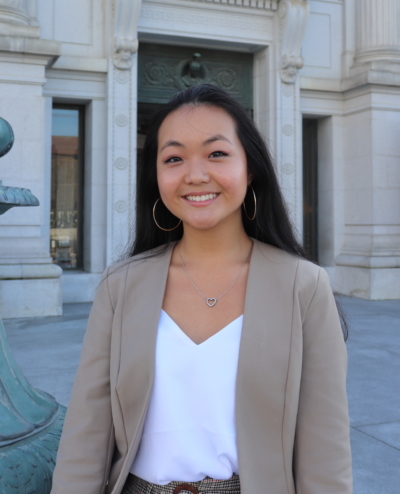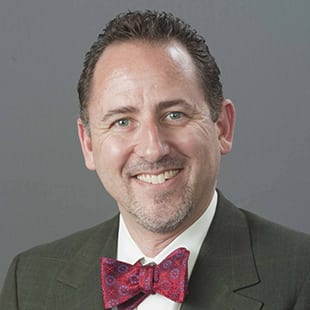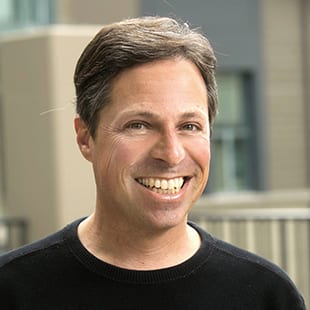
In June, in the thick of the pandemic, I was stuck at home — just like many of you. In fact, it was more free time than I’ve had in recent memory. Some people around me found it refreshing; for me this was stressful. As a Type A business student used to the breakneck pace of Berkeley Haas, idle time was a foreign concept to me.
It was also a blessing in disguise.
As you can probably deduce, I like being busy and I love work. Some consider it an obsession. However, I realized years ago that I can’t change, so now I lean into it. Given all this time, I set out to fill it with meaningful projects. At the beginning of the pandemic, this manifested itself as baking bread, working out, and painting. Then, one day, I was presented with the opportunity to write a book with the Creator Institute, a book writing class run by Professor Eric Koerster from Georgetown University.
I was immediately apprehensive. I’m only a college student with very little life experience. What could I possibly write about?
Then, I realized I’m a Berkeley Haas student who is studying international business, has been writing and editing on global travel and international news for the past four years, and has studied abroad in London for four months. I’ve always wanted to write about the magic of traveling and the opportunities it can bring.
With that, I started researching, reading, brainstorming, and writing in June. I began by learning about the origin stories of businesses like Starbucks and Red Bull because I was already familiar with their unconventional international paths to success. And then I happened upon a compelling angle for the book: origin stories of international businesses to inspire future entrepreneurs.
Founder CEOs like Howard Schultz of Starbucks and Gordon and Carol Segal of Crate & Barrel all found their Big Idea for their company after traveling to another country. They were inspired by different cultures, products, and ways of life — and they shared what they experienced with the world. I wanted to write a book about these stories to inspire future entrepreneurs with their ventures.

Grace Huang
In June, I started researching 15 different companies with interesting origin stories from every continent. In July, I narrowed down the list to seven companies and started writing. In August, I started having regular calls with my editor to develop the stories. In September and October, I lasered in on the writing and completed my first manuscript of Fly By.
Now that I’ve finished my book, I realized that Berkeley Haas has impacted my book in ways I didn’t know was possible. Here are the three big influential aspects of Berkeley Haas had on Fly By.
1) My Major: Global Management Program
Majors are a tricky thing. Sometimes, they can shape a person’s life and other times they’re just something listed on a diploma that never gets used again. For me, it’s too early to tell if my business major and concentration in global management will shape my life. But, I can say definitely, it has shaped my book.
Taking classes focused on international business, I’ve come to understand that international business doesn’t just mean selling things to multiple countries. Rather, international business is way broader than that. It includes businesses that buy, source, and sell — and get inspired by things all around the world. This is the first and biggest lesson that I want readers to take away from my book. We live in a more globally connected world than ever before in human history. Thus we have a chance to explore the great opportunities that exist beyond the borders of our home countries.
In fact, one experience I had in London with a barista perfectly illustrates this. During my time studying abroad as part of the Global Management Program, I would go to the same coffee shop at the same time every day and became friends with my barista.
One day, he said to me, “Did you know that Starbucks isn’t even American?”
“No way, Starbucks is totally American,” I replied.
“Howard Schultz got the idea from Italy. Starbucks is Italian”, my barista proclaimed.
Now, while I think that the last sentence is a stretch, my barista is, for the most part, correct. Starbucks is not a coffeehouse even if it sells coffee beans. Rather, Howard Schultz built Starbucks to be a community inspired by the Italian espresso bars he experienced when he was in Milan. To Schultz, those coffee bars were bigger than just just places serving delicious espresso drinks. They were community centers where patrons got to talk to their friends and share their lives, if only for just a moment.
The Starbucks that we know and love today is based on Italian coffee culture and it’s the perfect example of international business that goes further than just selling overseas.
My major has opened my eyes to the different ways that international business like Starbucks can manifest itself, and this is what I ultimately want to share with my readers.
2) Business School Classes
Business school is designed to help its students succeed in the business world. In my time here at Haas, I’ve realized that classes are taught less theoretically and more practically. And no class epitomizes this more than Microeconomics UBA 101A.
Professor Todd Fitch teaches theory, but expects us to apply it to the real world. I happened to find an application of some economic concepts for my book.

Todd Fitch
For my chapter highlighting Crate & Barrel, I make the argument that the key to their success is that the Segals found a way to sell luxury European furniture cheaper and better than any luxury furniture store in the United States.
Here’s where the econ comes in. I remembered the concepts of luxury goods. (This won’t be an econ lesson, I promise, just stay with me here.) Luxury goods, as defined by an economist, are goods whose demand increases at a rate faster than income increases. Crate & Barrel’s luxury furniture certainly fits this bill. That’s because their target consumers, the more well-off, often purchase their goods from Crate & Barrel after previously shopping at IKEA as broke college students.
Crate & Barrel’s bread and butter and profitability comes the lure of luxury and personal preferences. This company has demonstrated that even if consumers could get by with a $50 couch, they would still choose to buy the $500 couch imported from an artisan in Europe as soon as they could afford it. Why? It could be any number of reasons, including style, fashion, quality, name-brand, and status.
After I realized that econ class could be useful for more than just understanding concepts, I gained a newfound appreciation for it. Class used to be a place to gain knowledge for me. Now, it’s another tool in my toolbelt I can use to explain business concepts in my book.
3) Haas Faculty
Coming from a world-class institution, I am cognizant that I get to learn from experts in their fields. However, as I was writing Fly By, I also realized that my professors were a valuable resource whom I have the unique opportunity to interview. More than just lending credibility to my own ideas, they are also great sounding boards to inspire me to think about problems and situations in a new way.
I am fortunate for the many interviews that I have conducted with my professors over the last couple of months and quotes I get to include in my book.

Alan Ross
One notable interview I had was with Professor Alan Ross who teaches UGBA 107: The Social, Political, and Ethical Environments in Business. The chapter I was writing about was Pay Joy, a startup offering credit and access to smartphones through a pay-as-you-go software to help those in financial need. Professor Ross raised a really great question: What does it mean for a social impact startup to take venture capital money? I never thought about that before and it was fascinating to understand how venture capital can be a double-edged sword for startups in need of funding.
Professor Ross explained to me how venture capitalists care about money and a high rate of return — that’s just the truth. However, social impact firms have higher callings than maximum profitability; their goal is to help society. So, how does this get reconciled? Professor Ross’ answer is that increasing social welfare doesn’t have to run counter to maximum profits, but it is a delicate situation that companies have to manage.
Without that talk with my professor, my mind would never have connected these two ideas. And, without this connection, I never would’ve included a funding chapter in my book. It’s conversations like these that make me extremely grateful to have access to great minds who can enhance my learning in and out of the classroom.
All in all, I am only in the first stage of my book writing journey, but I’ve already realized the resources and help I can get from Berkeley Haas. I now know that I have all the support of mentors and professors that I could ask for — and this is a lesson I plan on taking with me as I move forward in my career.
My name is Grace Huang, a rising senior studying Business Administration at the University of California-Berkeley’s Haas School of Business and a member of the founding class of the Global Management Program. Passionate about traveling, writing, running, and finding the perfect scrambled egg recipe, I want to explore the world at the speed New Yorkers walk.
DON’T MISS: HAAS TO BE BUSINESS: A DAY IN THE LIFE OF A BUSINESS MAJOR











Questions about this article? Email us or leave a comment below.